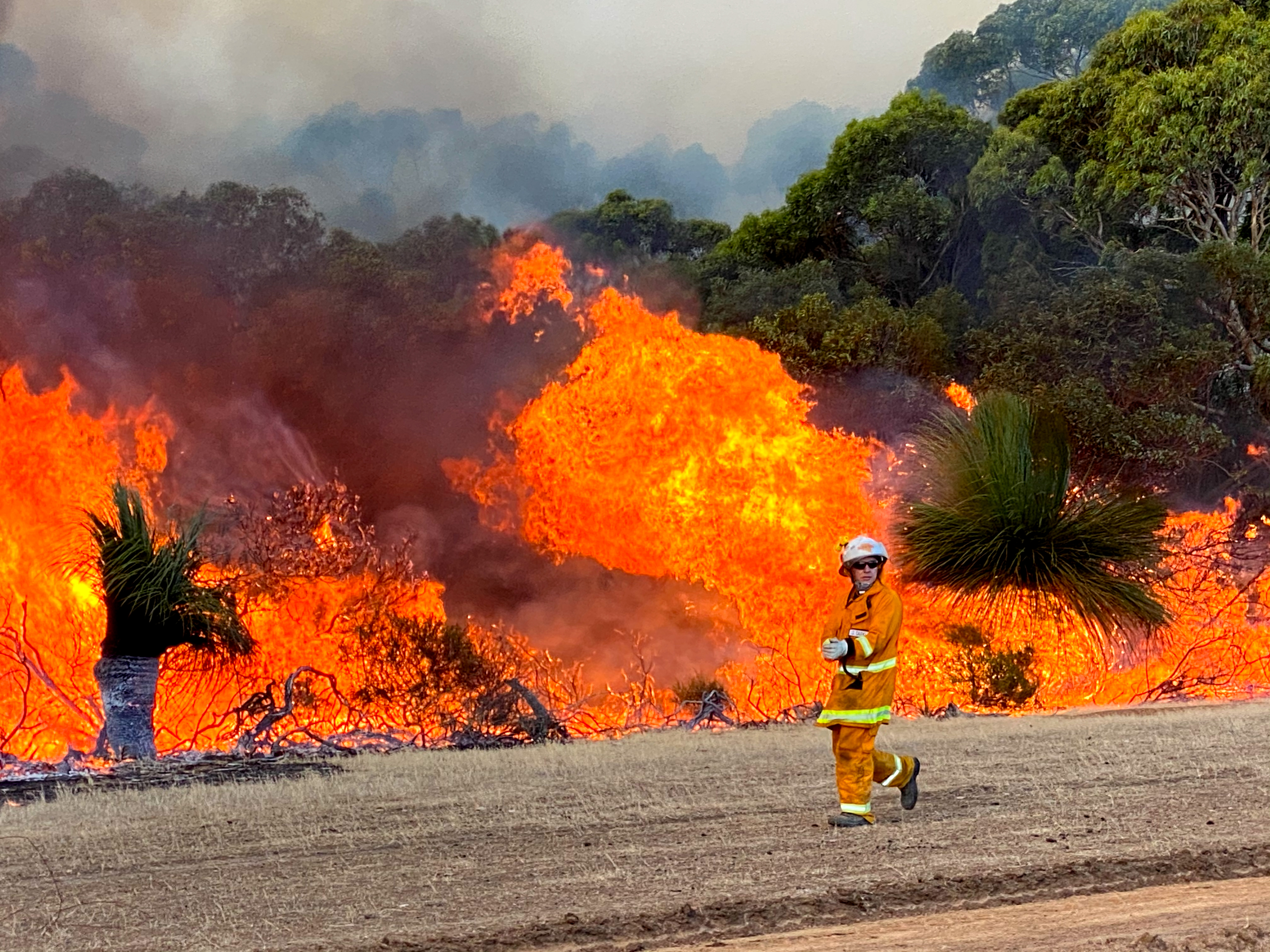Media release
From: Springer NatureClimate: How wildfires deplete the ozone layer (N&V)
The composition of wildfire smoke promotes chemical reactions that contribute to the destruction of stratospheric ozone, a paper in Nature suggests. These findings increase concerns that more frequent and intense wildfires could delay ozone recovery as the climate warms.
The Australian wildfires of 2019–2020 sent plumes of smoke high into the atmosphere, where it was transported around the world. The smoke was associated with changes in chemical composition of the upper atmosphere, including a decline in stratospheric levels of ozone. However, the mechanism of how wildfire smoke might contribute to ozone depletion has remained uncertain.
Susan Solomon and colleagues propose that the mixture of chemicals in wildfire smoke enhances the activation of chlorine radicals — molecules that can destroy ozone. The authors test their hypothesis by comparing atmospheric observations to model simulations, which reproduce the observed ozone depletion during the Australian wildfires. Their findings indicate that wildfire aerosol chemistry has the potential to contribute to ozone depletion.
The authors note that other reactions beyond those studied here may also be important and recommend further investigation of the effects of different aerosols in the stratosphere. This point is reiterated by V. Faye McNeill and Joel Thornton in an accompanying News & Views: “Solomon and colleagues’ findings emphasize the need for atmospheric chemists to better understand the properties and reactivity of common, but complex, atmospheric particle types, such as those produced from biomass burning, in the cold and dry upper atmosphere”.



Expert Reaction
These comments have been collated by the Science Media Centre to provide a variety of expert perspectives on this issue. Feel free to use these quotes in your stories. Views expressed are the personal opinions of the experts named. They do not represent the views of the SMC or any other organisation unless specifically stated.
Dr Roger Dargaville is Director of Sustainability in the Faculty of Engineering at Monash University. He has conducted research on stratospheric ozone depletion.